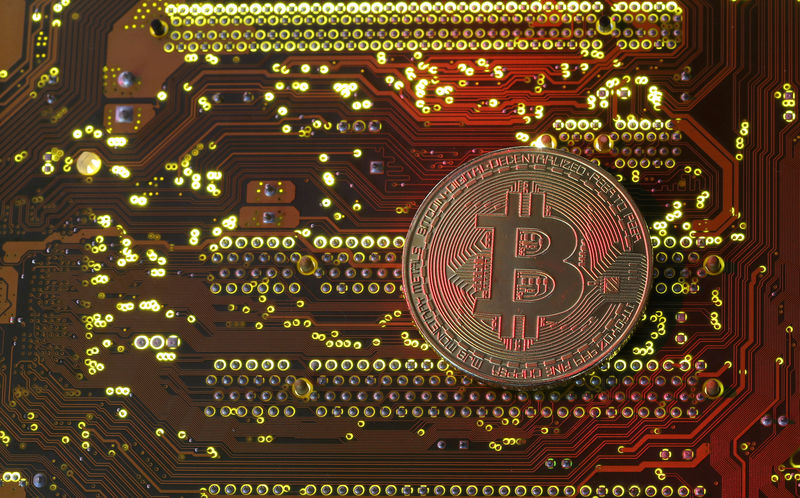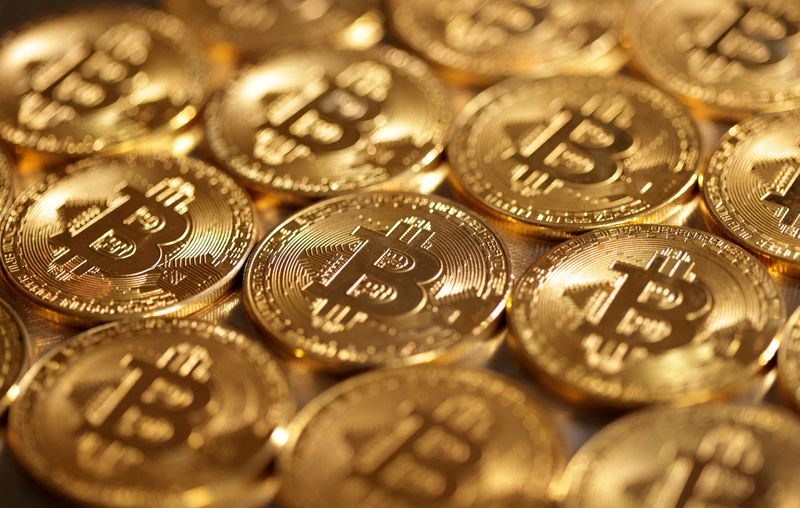© Reuters
The GLOBAL development community is currently deliberating on a significant change proposed by co-founder Vitalik Buterin. The proposal suggests a one-third increase in the network's gas limit, with the aim of improving the platform's transaction capacity. This move has sparked debate among developers, with several expressing concerns about the potential consequences for blockchain size and network performance.
Yesterday, Buterin proposed increasing the gas limit, a parameter that determines the computational effort necessary to execute operations such as transactions and smart contracts on the Ethereum network. A higher gas limit could allow for more transactions per block, which could reduce fees and wait times for users.
However, developers such as Marius van der Wijden and Péter Szilágyi have raised important questions about the impact of a gas cap increase on state blockchain growth. The size of the Ethereum blockchain is already substantial at 267GB, and an expanding blockchain state could impact account balances and smart contract data integrity. Additionally, full history sizes may exceed current sizes of around 900 GB, leading to synchronization issues or increased risks of denial of service attacks.
Martin Köppelmann joined the discussion by highlighting the possible need for greater bandwidth to accommodate the increased transaction volume that a higher gas limit would imply. Mika Zoltu stressed that ensuring that technological progress allows diverse users to access node operations without exclusion.
To mitigate these concerns, the community is considering several technical solutions. Among them is EIP-4444, which proposes an expiration mechanism for on-chain history, potentially reducing the amount of data nodes must store. Additionally, EIP-4844 introduces the concept of “blobs”, a way of storing cumulative data that could help optimize data availability without significantly affecting the size of the blockchain.
As the community deliberates on this crucial decision that weighs advancing the network's capabilities against preserving its stability and inclusiveness, stakeholders in the Ethereum ecosystem will closely monitor the outcome.
This article was generated with the support of AI and reviewed by an editor. For more information consult our T&C.








